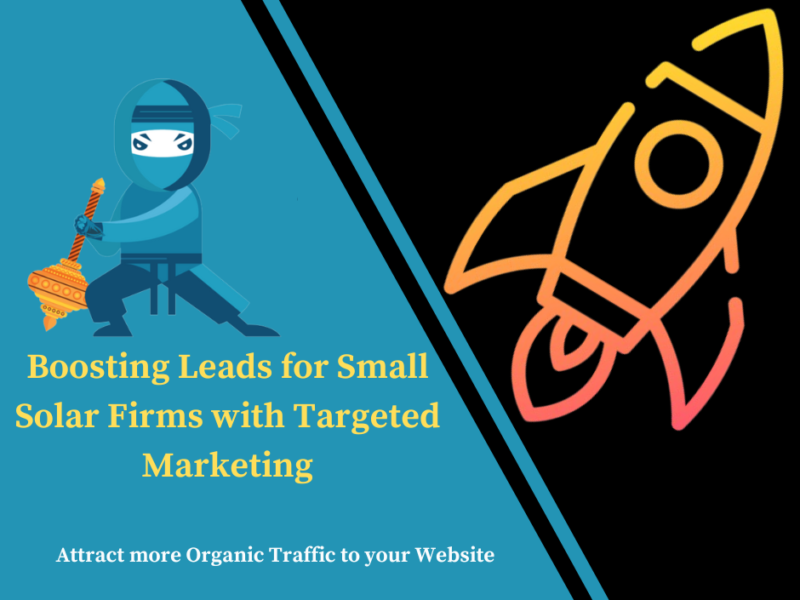
Days
Hours
Minutes
Seconds
Your Deal is Expired
|
|

Edit Content

As a leading online marketing company, always focuses on changing and improving businesses and their outcome.
Where to find us
- SN-3, First floor, ratauli road, near Town park, Bank Colony
- herry@hanuitsolutions.com
- +917082069620
Working Hours
- Mon-Sat : 9:00am - 6:00pm
- Sunday - Closed
Get In Touch
Facebook-square
Instagram
Linkedin
Tag: email marketing

Lead Generation Strategies Auto Dealers Are Overlooking
Lead generation is the lifeblood of any auto...

How Can Email Marketing Boost E-commerce Revenue?
Email marketing remains one of the most effective tools...
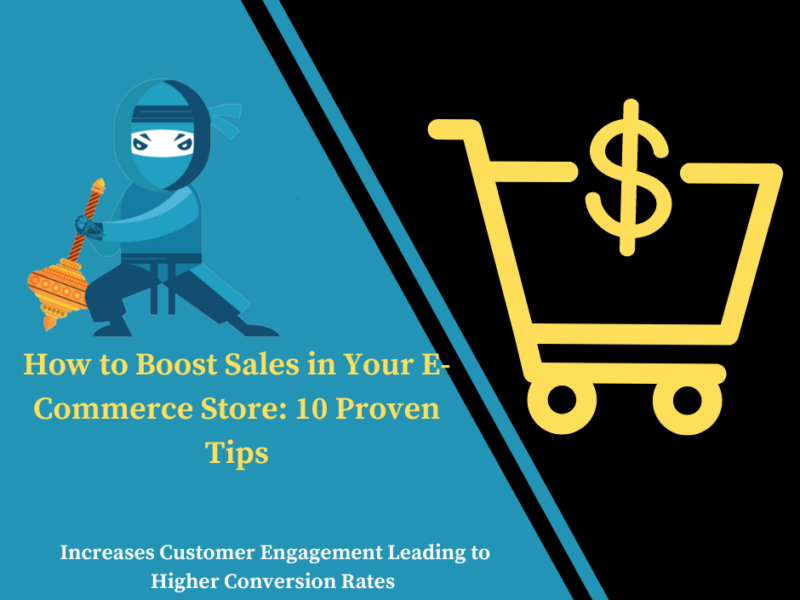
How to Boost Sales in Your E-Commerce Store: 10 Proven Tips
In today’s competitive e-commerce landscape,...
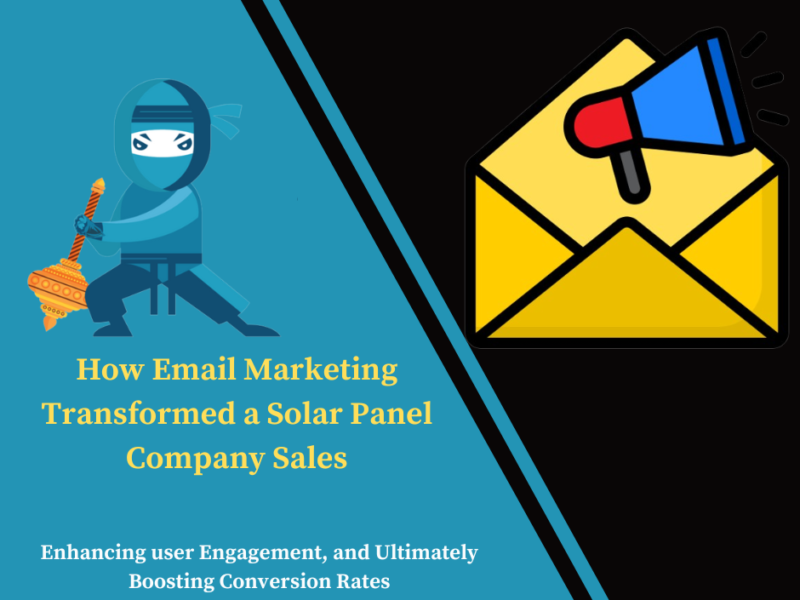
How Email Marketing Transformed a Solar Panel Company’s Sales
Email marketing has long been a powerful...
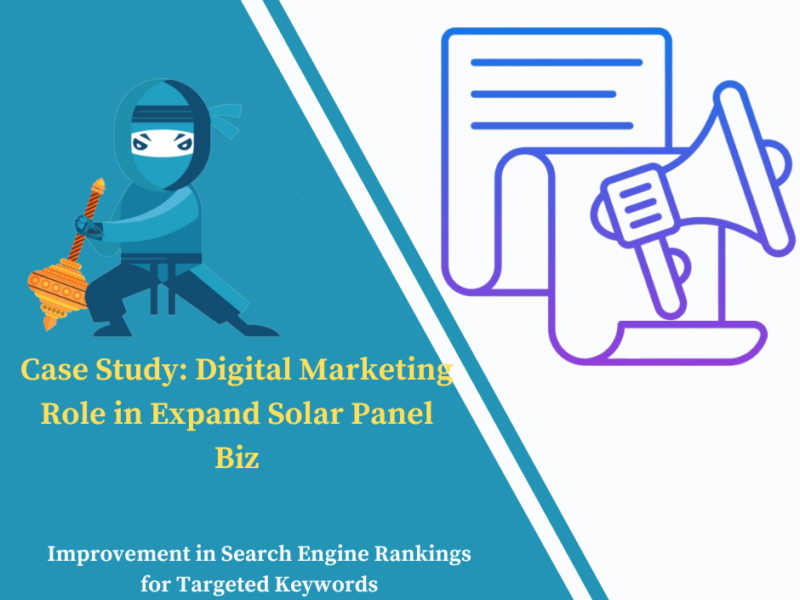
Case Study: The Role of Digital Marketing in Expanding a Solar Panel Business
In the competitive world...

How Did Content Marketing Boost Solar Panel Leads by 50%?
In today’s competitive market, generating leads...
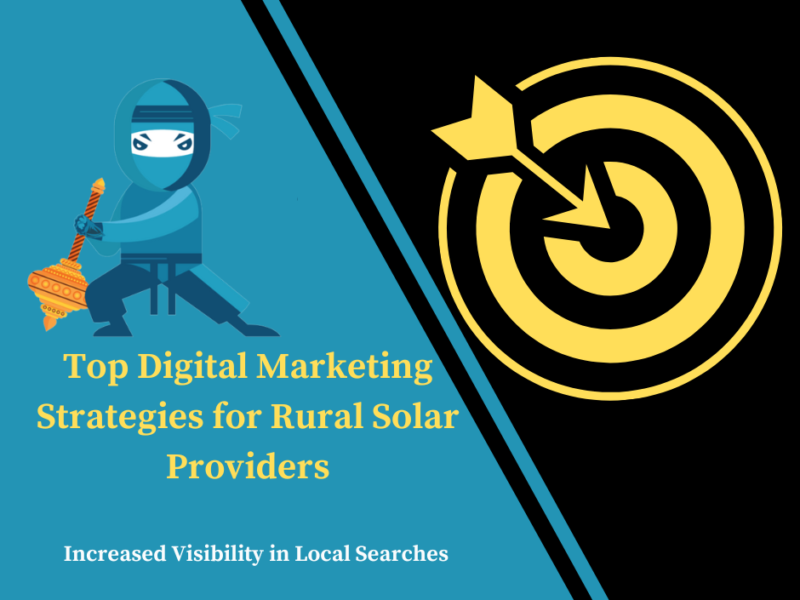
Top Digital Marketing Strategies for Rural Solar Providers
In today’s digital age, the solar energy industry...

Transforming Solar Biz with Digital Marketing
Solar companies must adapt to digital trends to survive...
No posts found

